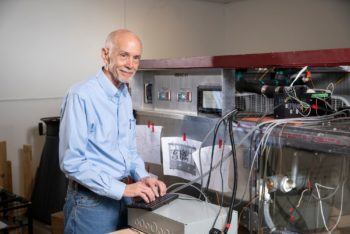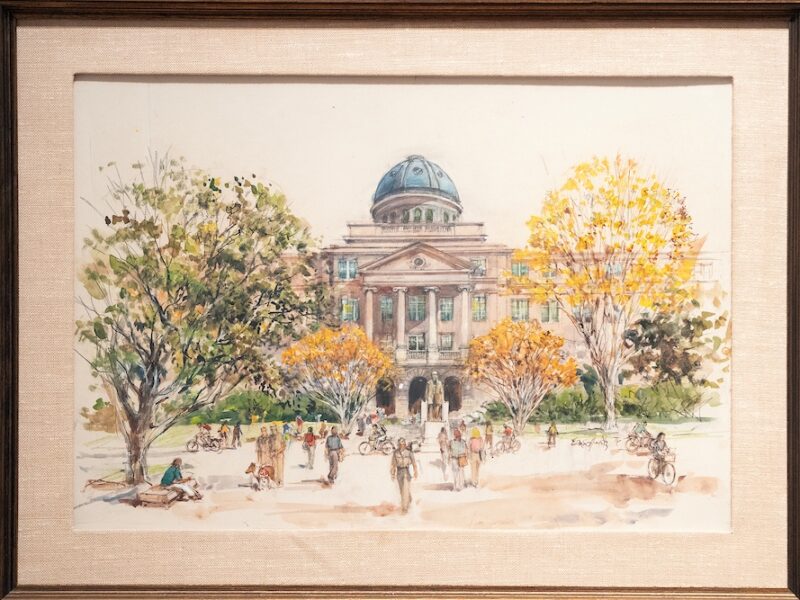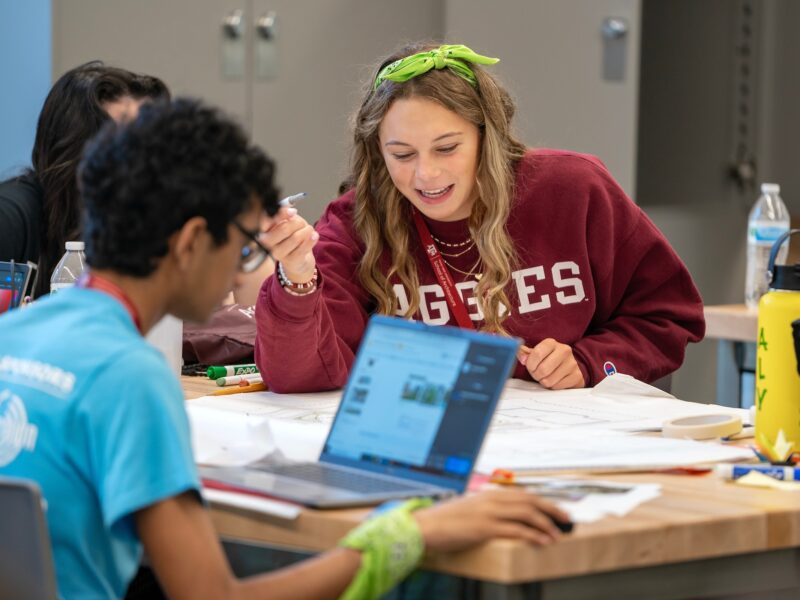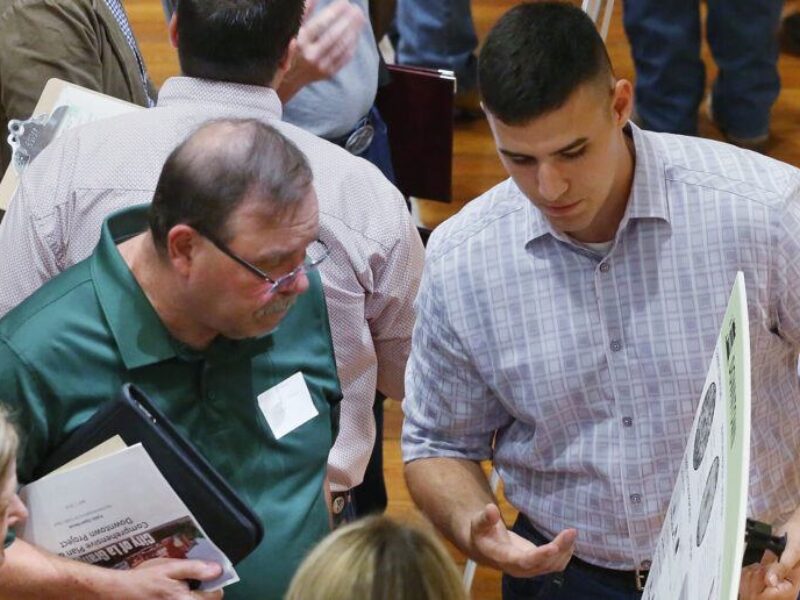“The idea is that at any given point in the day, we may only occupy one or two rooms in our home, so why cool or heat the entire living space to the same temperature?” he said.
PUPC technology facilitates the movement of cool or warm air around the living space, targeting specific rooms based on occupancy. For example, bedroom temperatures at night can be set for comfort, while vacant room temperatures can fluctuate to increase efficiency. In the morning, bathrooms, kitchen and other day-use space temperatures can be adjusted for comfort as needed. The ability to move air from room-to-room provides other benefits as well.
Culp built an atrium in his concept house that will play an important role in both energy efficiency and in human health. In Culp’s PUPC house, air will cycle from the outside, be cooled or heated as needed and then moved into occupied space. Once the air warms above the desired temperature, it will be moved again into the atrium.
“I call it a jungle because we have so many plants,” Culp said. “The tropical plants in our atrium benefit from the slightly warmer air, which is pushed outside once it exceeds the desired range, and we benefit from living with plants.
“Evidence-based research findings support the trend in healthcare to create medical campuses with healing and meditation gardens,” Culp said. One of the earliest studies, by Dr. Roger Ulrich, a former Texas A&M professor of architecture, looked at patients in a Pennsylvania hospital who were recovering from gallbladder surgery, which was at the time considered major surgery.
The 1984 article, published in the journal Science, showed that patients whose windows overlooked trees healed, on average one day faster, needed less pain medication and had fewer post-surgery complications than those whose view consisted of a brick wall.
“If plants have such a positive impact on patient recovery, why not apply their benefits to healthy people to keep them healthy?” Culp said.
In addition to the comfort and health of residents, PUPC can also aid in the health of the home itself.
In the summer, when a residential wall separates the hot and humid outside air from the cooler, dehumidified inside air, Culp says a perfect storm is brewing.
“Most houses create a negative pressure in the home, which pulls outside air and humidity through the wall,” Culp said. “When the dew point and temperature inside the wall match, condensation forms, and often leads to mold growth.” Mold can cause serious structural damage to a building and jeopardize human health.
The use of PUPC positively pressurizes the house, creating slightly more pressure inside the house than out, pushing the dry air through the walls, which dehumidifies them. That helps mitigate mold growth behind sheetrock, keeping the residents and the house healthier.
“We need to change how we think about energy,” Culp said. “We must develop better strategies and technologies that can work in both residential and commercial spaces, to improve efficiencies and human health and well-being.”
Culp holds more than 40 patents, and serves as an associate director of Texas A&M University’s Energy Systems Laboratory.






